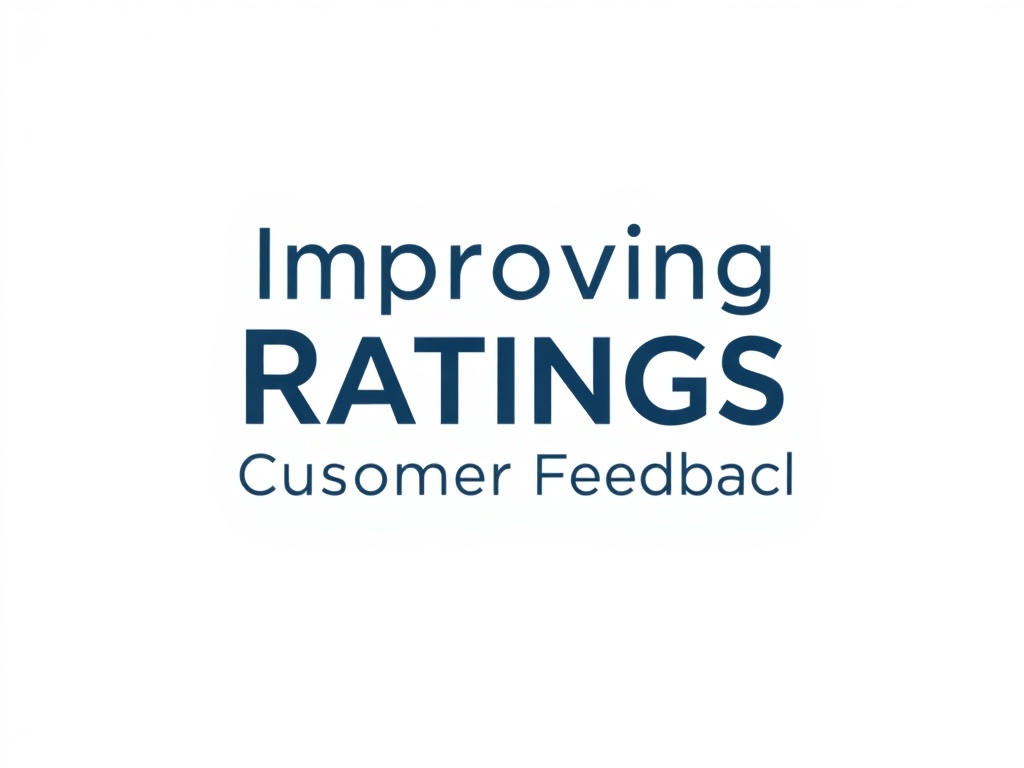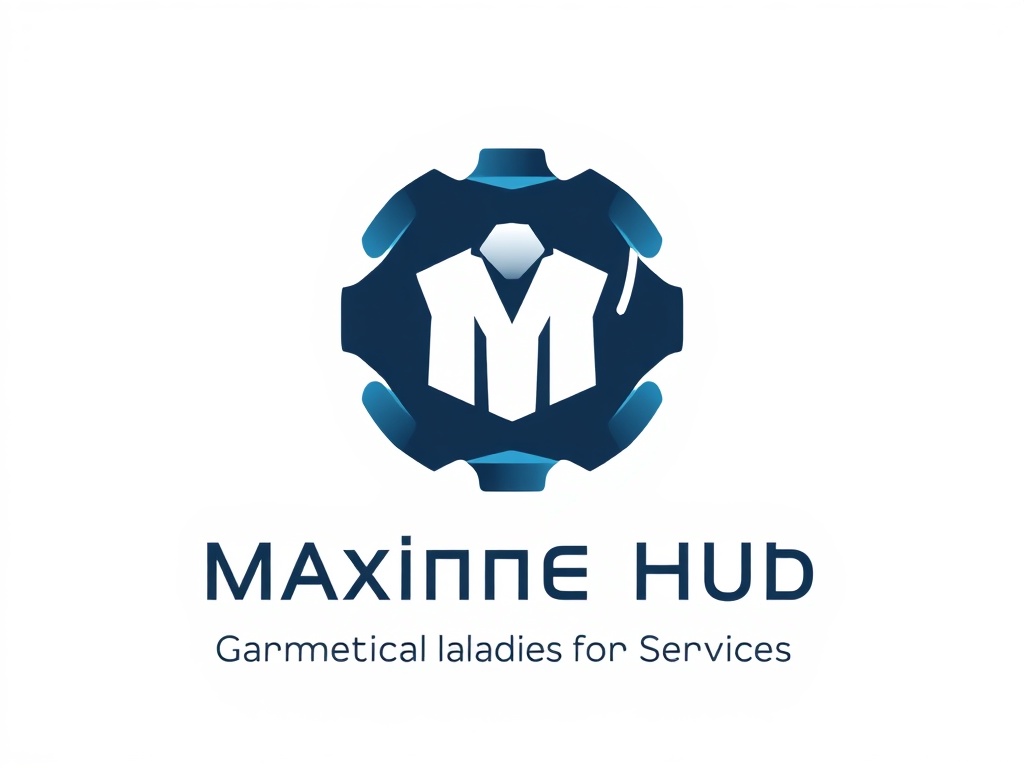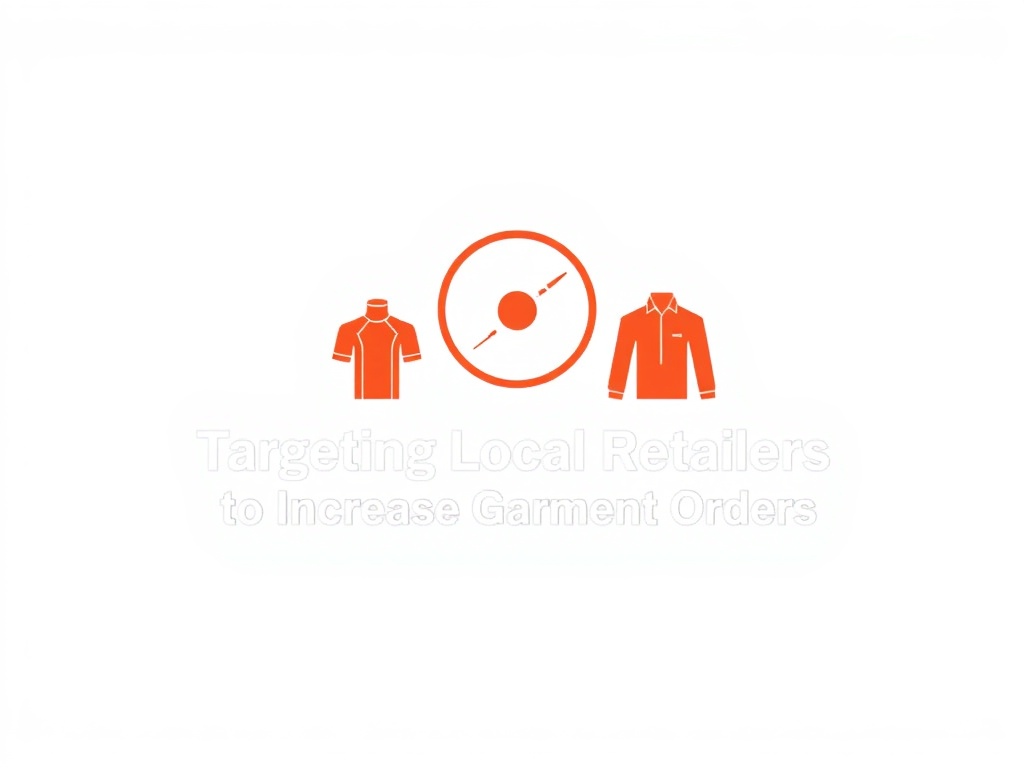- Admin
- September 29, 2025
- Manufacturing
Tracking Clicks and Leads from Garment Marketing Campaigns
In the dynamic world of garment marketing, understanding which strategies drive the most engagement and conversion is crucial for success. With countless campaigns running simultaneously, marketers often face the daunting task of tracking clicks and leads efficiently. This article delves into the importance of tracking clicks and leads from garment marketing campaigns and provides actionable insights on how to optimize these efforts effectively.
The Importance of Tracking in Garment Marketing
The garment industry is highly competitive, with countless brands vying for the attention of consumers. To stand out, marketers must not only develop creative campaigns but also closely monitor their performance. Tracking clicks and leads allows businesses to understand which campaigns resonate with their audience, lead to conversions, and ultimately drive revenue. By doing so, garment marketers can make data-driven decisions and allocate their budgets more efficiently.
Setting Clear Objectives for Your Campaigns
Before you can effectively track the success of your garment marketing campaigns, it is crucial to establish clear objectives. What are you hoping to achieve? Are you looking to increase brand awareness, drive traffic to your website, or boost sales of a specific product line? By setting specific, measurable, achievable, relevant, and time-bound (SMART) goals, you can better align your tracking efforts with your marketing strategy.
Leveraging the Right Tracking Tools
Once your objectives are in place, the next step is to choose the right tools to track your campaign's performance. Popular tools like Google Analytics, Facebook Pixel, and other marketing automation platforms offer robust tracking capabilities. These tools provide valuable insights into metrics such as click-through rates, conversion rates, cost per acquisition, and more. By integrating these tools with your campaigns, you can gather granular data and analyze the effectiveness of your promotional efforts in real time.
Understanding Click-Through Rates (CTR)
Click-through rate (CTR) is a key performance indicator (KPI) that measures the effectiveness of your ad creative in engaging users. It is calculated by dividing the number of clicks your ad receives by the number of times it is shown (impressions). A high CTR indicates that your advertisement is compelling and relevant to the target audience. By analyzing CTR data, garment marketers can refine their messaging and visuals to better capture consumers' attention.
Monitoring Conversion Rates and Metrics
Tracking conversions is paramount for evaluating the success of your garment marketing campaigns. Conversion rate is the percentage of visitors who take a desired action, such as making a purchase, signing up for a newsletter, or downloading a catalog. By monitoring conversion metrics alongside CTR, you gain a fuller understanding of your campaign's performance. Evaluate which elements of your sales funnel are working and which need improvement to ensure that more clicks lead to actual conversions.
Using UTM Parameters for Precision Tracking
UTM parameters are tags you can add to the URLs of your marketing creatives to track the success of your campaigns with more precision. These parameters help identify the source, medium, campaign name, and any other customized information related to your promotional efforts. By employing UTM parameters, garment marketers can trace back the actual origin of clicks and leads, allowing for a deeper understanding of which channels and messages drive the best results.
The Role of A/B Testing
In the garment industry, consumer preferences and trends can change rapidly, necessitating a flexible and adaptive approach to marketing. A/B testing, or split testing, involves creating two or more variations of a campaign element to determine which performs better. By testing different headlines, images, or call-to-actions, garment marketers can refine their campaigns based on evidence, optimizing for improved click and conversion rates.
Analyzing Multi-Channel Attribution
In the digital age, consumers engage with brands across multiple touchpoints before making a purchase decision. Multi-channel attribution recognizes the influence of each channel in the customer journey. Through advanced analytics, garment marketers can allocate credit to different channels based on their contribution to conversions. This approach provides a holistic view of campaign performance and helps improve future marketing strategies by focusing more on channels and tactics that decisively lead to sales.
Refining Strategies Based on Data Insights
Once data has been collected and analyzed, it's vital to iterate on the findings to refine future marketing strategies. Compare current results against industry benchmarks to determine areas of improvement. Use insights from your analysis to inform changes to targeting criteria, advertising spend, creative content, and promotional pacing. Continuous optimization based on data-driven insights is essential for maintaining competitiveness in the garment market.
Conclusion
In conclusion, effectively tracking clicks and leads from garment marketing campaigns is crucial for optimizing marketing strategies and driving business success. By leveraging the right tools and employing best practices such as UTM tagging, A/B testing, and multi-channel attribution, marketers can gain valuable insights into campaign performance. Armed with this knowledge, garment brands can refine their marketing efforts to ensure that they not only capture attention but also convert interest into actionable outcomes.
Recent Blogs
Related Listings
Categories
- Agriculture & Farming (96)
- Arts & Culture (258)
- Automotive (190)
- Beauty & Spa (95)
- Bookstore Libraries (100)
- Cleaning Services (85)
- Construction & Contractors (251)
- Education & Training (126)
- Electrical Services (76)
- Energy & Environment (100)
- Entertainment & Media (105)
- Finance & Insurance (188)
- Freight & Shipping (0)
- Government & Public Services (160)
- Health & Medical (388)
- Home & Garden (78)
- Home Automation (100)
- Hotels & Travel (197)
- Immigration Services (99)
- Legal Services (163)
- Manufacturing (415)
- Marketing & Advertising (272)
- Non-Profit & Charities (121)
- Personal Services (119)
- Pest Control (101)
- Pet Services (218)
- Plumbing Services (85)
- Printing Services (100)
- Real Estate (333)
- Restaurants & Food (309)
- Retail & Shopping (194)
- Security Services (100)
- Sports & Recreation (151)
- Technology & IT (160)
- Telecommunications (120)
- Transportation & Logistics (227)
- Travel (426)
- Water Purification (97)
Questions & Answers – Find What
You Need, Instantly!
How can I update my business listing?
Is it free to manage my business listing?
How long does it take for my updates to reflect?
Why is it important to keep my listing updated?






